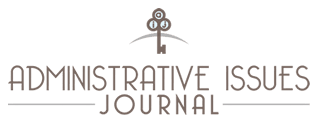
Abstract
Statistics is a required competency in numerous college majors, but students frequently approach the topic with anxiety. This paper describes an undergraduate statistics course that was "flipped," with most of the content delivery moved online and class time devoted to application and practice. Students were given a menu of learning tools from which to choose and were free to utilize as many or as few as they felt was appropriate, giving them ownership of their learning experience and the opportunity to tailor the course to their personal needs. The classroom experience included brief segments of lecture but consisted primarily of exercises and peer-facilitation. Course grading was based solely on four exams, a comprehensive final exam, and a major end-of-course project. Student response to the format was somewhat bimodal. Comprehensive final exam grades were significantly higher (an average of almost one full letter grade), and course pass rates rose using the flipped course format.
Recommended Citation
Phillips, Laura and Phillips, Mark
(2016)
"Improved Student Outcomes in a Flipped Statistics Course,"
Administrative Issues Journal: Vol. 6:
Iss.
1, Article 10.
Available at:
https://dc.swosu.edu/aij/vol6/iss1/10
Included in
Health and Medical Administration Commons, Higher Education Administration Commons, Public Administration Commons
Please consider contributing an article to Administrative Issues Journal, our submission policy: http://www.swosu.edu/academics/aij/guidelines.aspx
